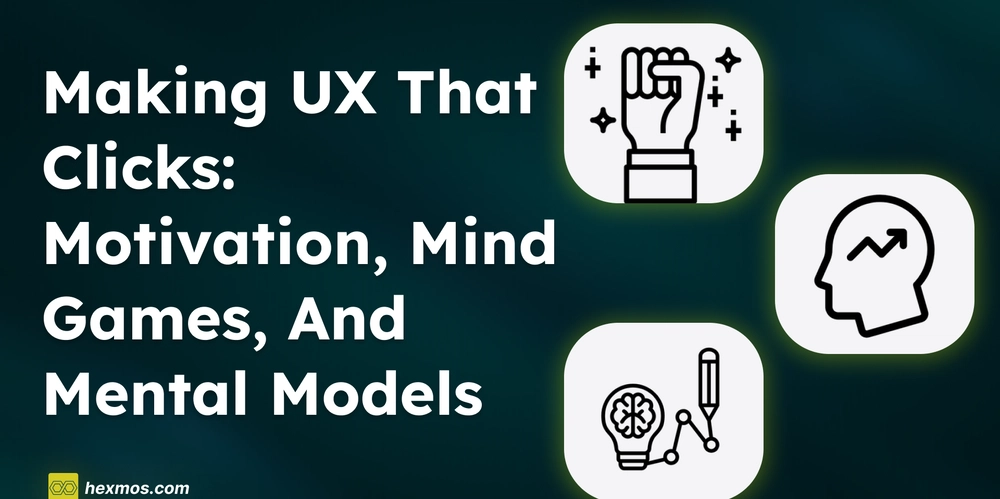Dev
1w
336

Image Credit: Dev
Making UX That Clicks: Motivation, Mind Games, and Mental Models
- UX goes beyond clean interfaces and animations, focusing on human behavior and decision-making.
- The Fogg Behavior Model emphasizes motivation, ability, and prompt to drive user actions.
- Motivation sources include pleasure, fear, and social acceptance, while ability ensures actions are easy.
- Prompts, like notifications, trigger actions, and applying FBM involves reducing complexity and boosting motivation.
- Behavioral Economics delves into irrational user behaviors, utilizing concepts like default bias and loss aversion.
- Social proof and the IKEA Effect can influence user decisions by capitalizing on emotional responses.
- Dual Process Theory highlights System 1 (fast, emotional) and System 2 (slow, analytical) thinking for designing UX.
- Designing for both systems involves simplicity, visual cues, error minimization, and catering to different thinking styles.
- Considering human psychology in UX focuses on optimizing user convenience and interaction experiences.
- Key takeaways include integrating FBM principles, employing behavioral economics tactics, and designing for dual thought processes.
- Applying these concepts can enhance user engagement and satisfaction in various digital products and platforms.
Read Full Article
20 Likes
For uninterrupted reading, download the app